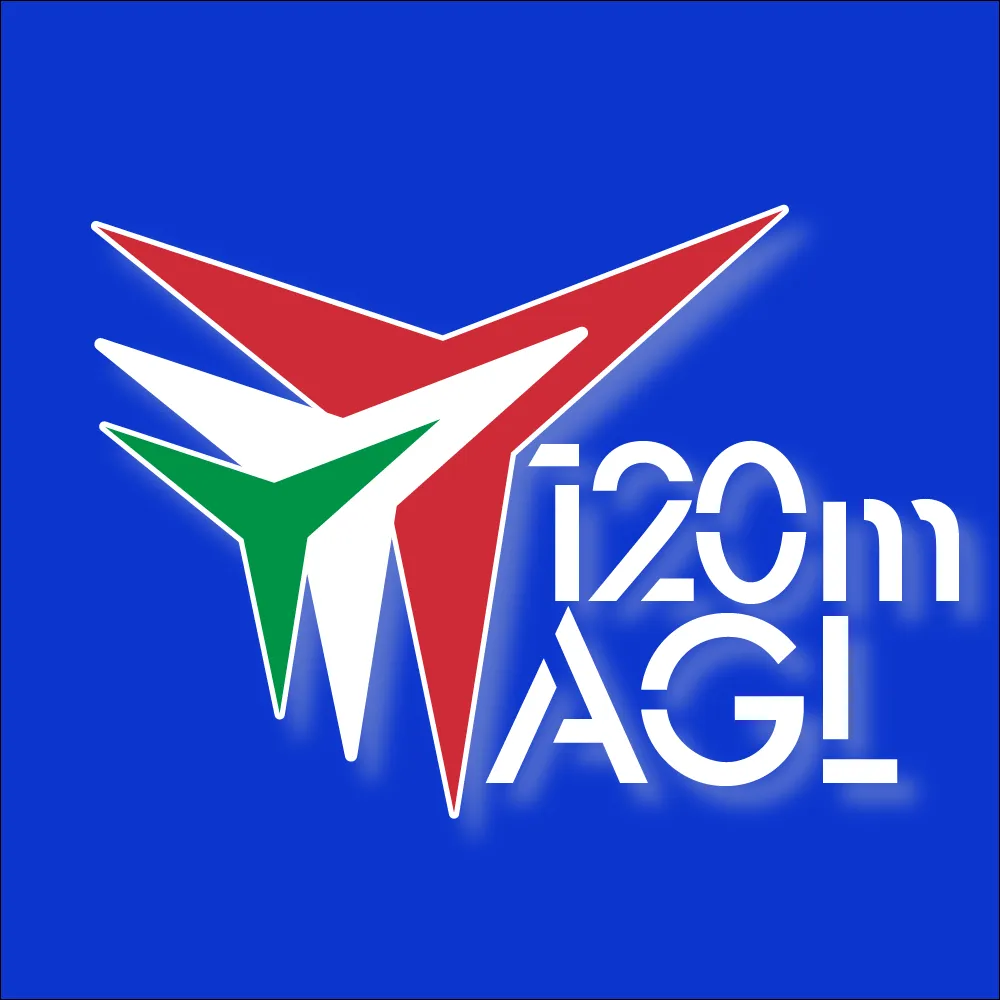Frequently Asked Questions about Future Trends in UAS Technology
For New Drone Pilots
1. Do I need a license to fly a drone in the 'open' category?**
Yes, you need to complete an online training course and pass a theoretical test to operate drones in the 'open' category. This is essential to ensure safety and compliance with regulations (Reg 2019/947 Art. 11).
Safety Reminder: Always stay below 120 meters AGL (Above Ground Level) and maintain visual line of sight.
Official Reference: EASA Regulations .
2. What are the requirements for flying a drone under 250 grams?**
Drones under 250 grams can be flown in the 'open' category without a license, but you must still follow basic safety rules, such as keeping your drone in sight and avoiding no-fly zones (Reg 2019/947 Art. 15).
Practical Example: You can fly your lightweight drone in parks or open fields, but not near airports or crowded areas.
Official Reference: EASA Regulations .
For Active Pilots with Some Experience
3. How do I report a drone incident or accident?**
You must report any incident or accident to your national aviation authority within 72 hours of occurrence. This is crucial for safety investigations (Reg 2019/947 Art. 15).
Safety Reminder: Ensure you have insurance coverage for your drone operations.
Official Reference: EASA Regulations .
4. What if I want to fly near an airport?**
To fly near an airport, you need prior authorization from the relevant air traffic control (ATC) and must comply with any restrictions in place. This typically applies to flights within 5 kilometers of an airport (Reg 2019/947 Art. 9).
Practical Example: If you're conducting aerial photography near an airport, contact ATC well in advance to obtain permission.
Official Reference: EASA Regulations .
For Professional Operators and Commercial Pilots
5. What are the certification requirements for commercial drone operations?**
For commercial operations, you must obtain an Operational Authorisation from your national aviation authority, which includes a risk assessment and safety management system (Reg 2019/947 Art. 14).
Practical Example: If you plan to use drones for surveying, submit a detailed operation plan to your authority for review.
Official Reference: EASA Regulations .
6. How do I comply with the new UAS classes introduced in 2020?**
Familiarize yourself with the new classes of UAS as outlined in the regulations and ensure your drone meets the technical specifications required for its class (Reg 2020/1058 Art. 1).
Safety Reminder: Always check that your equipment complies with the latest standards before operations.
Official Reference: EASA Regulations .
For All Pilots
7. What happens if I fly in restricted airspace?**
Flying in restricted airspace without permission can result in fines, loss of your pilot license, and potentially criminal charges. Always check airspace restrictions before flying (Reg 2019/947 Art. 9).
Safety Reminder: Use drone applications to verify airspace restrictions before your flight.
Official Reference: EASA Regulations .
8. Are there any consequences for not following EASA regulations?**
Yes, failure to comply with EASA regulations can lead to penalties, including fines, suspension of your drone operation privileges, or legal action (Reg 2019/947 Art. 20).
Practical Example: If caught flying without authorization, you may face substantial fines and could lose your ability to operate commercially.
Official Reference: EASA Regulations .
9. How can I stay updated on future UAS regulations?**
Regularly check the EASA website and subscribe to updates from your national aviation authority to stay informed about changes in regulations and guidelines.
Safety Reminder: Staying informed helps you maintain compliance and promotes safe flying practices.
Official Reference: EASA Regulations .
10. What are the best practices for flying in urban areas?**
When flying in urban areas, ensure you have the necessary permissions, avoid crowds, and always keep your drone within visual line of sight. Follow local laws and regulations (Reg 2019/947 Art. 12).
Practical Example: If conducting a survey in a city, coordinate with local authorities for any required permits.
Official Reference: EASA Regulations .
Disclaimer: Regulations may change - always verify with official sources. This is educational content - not legal advice. Consult official EASA documentation for complete requirements. Always promote safe and responsible flying practices.
EASA Regulatory Compliance Notice
This content is for educational purposes only and is based on EASA regulations current at the time of generation.
Always consult the official EASA documentation and your local aviation authorities for the most current regulations and legal compliance requirements before operating any UAS.

